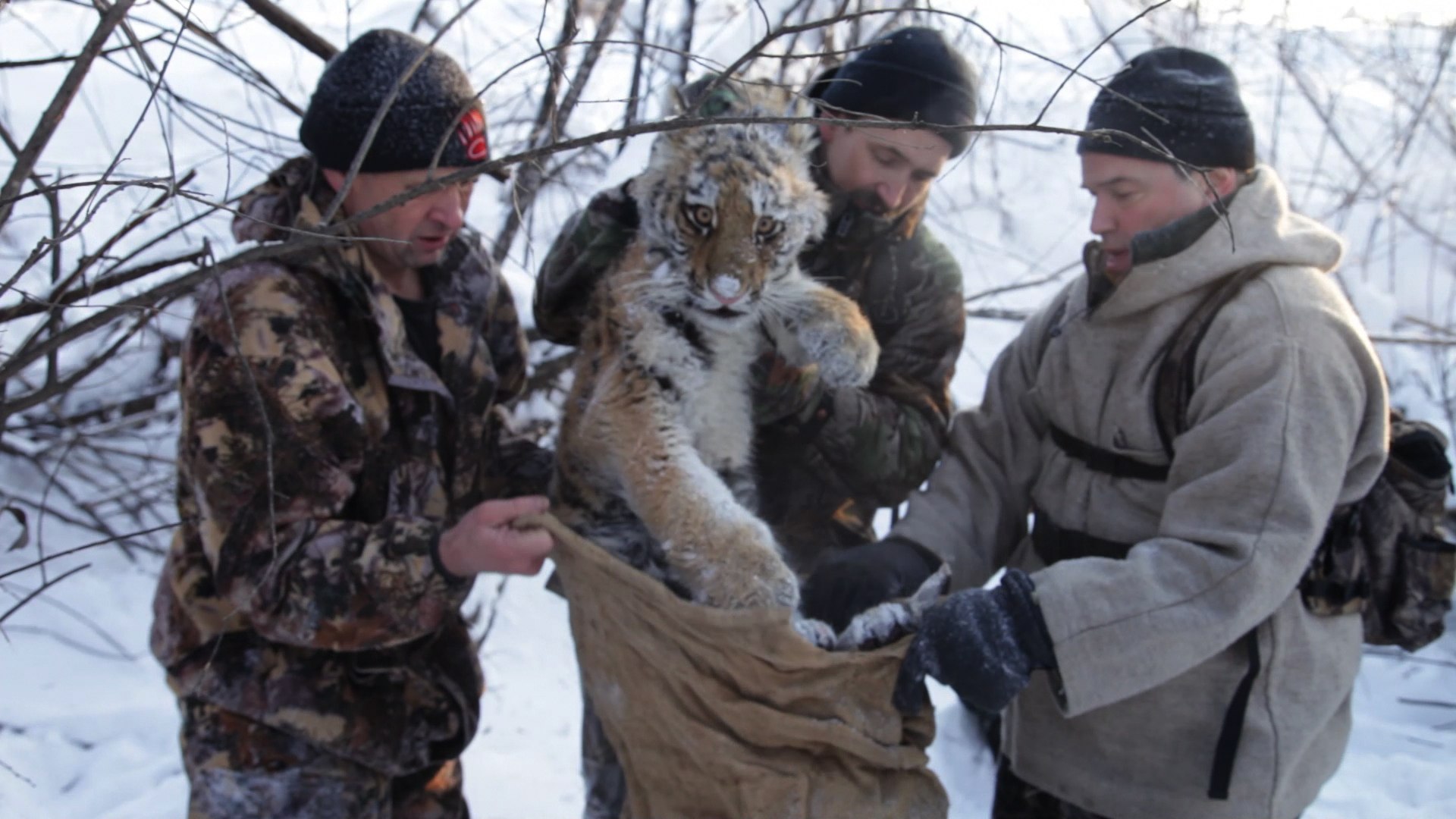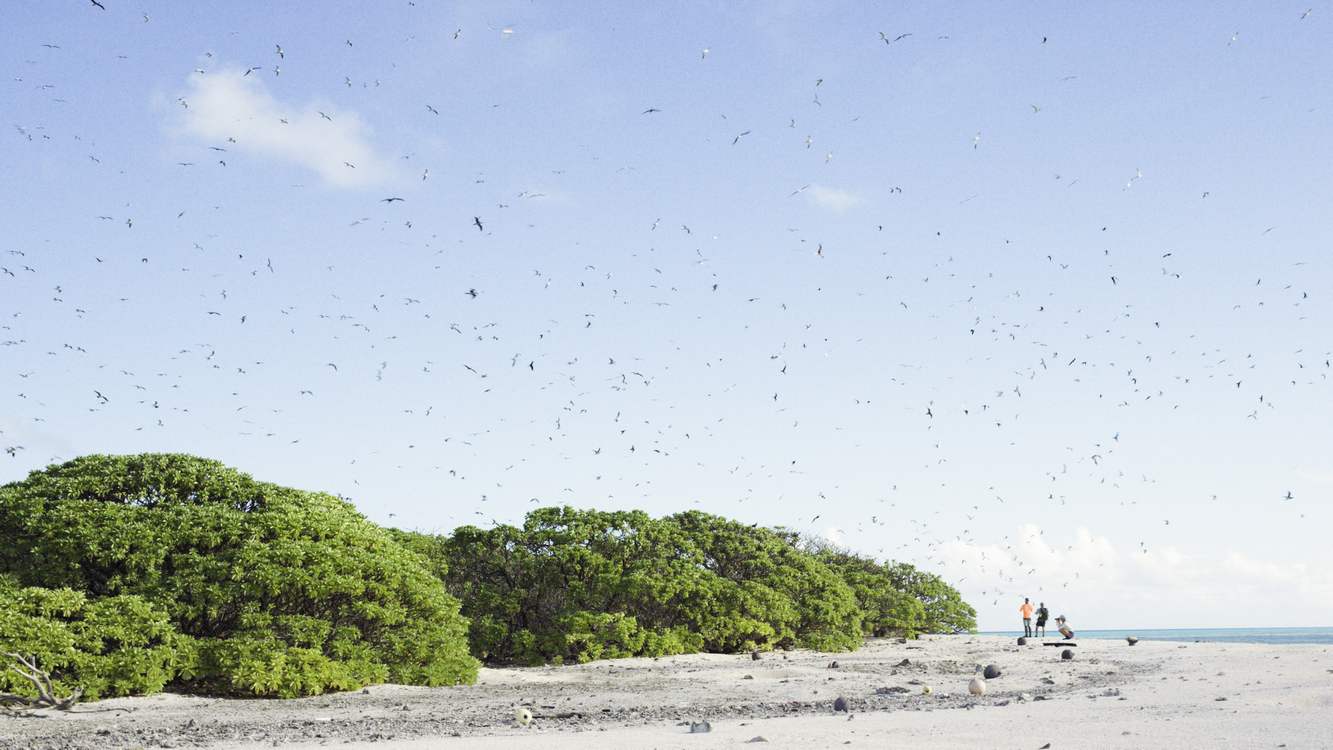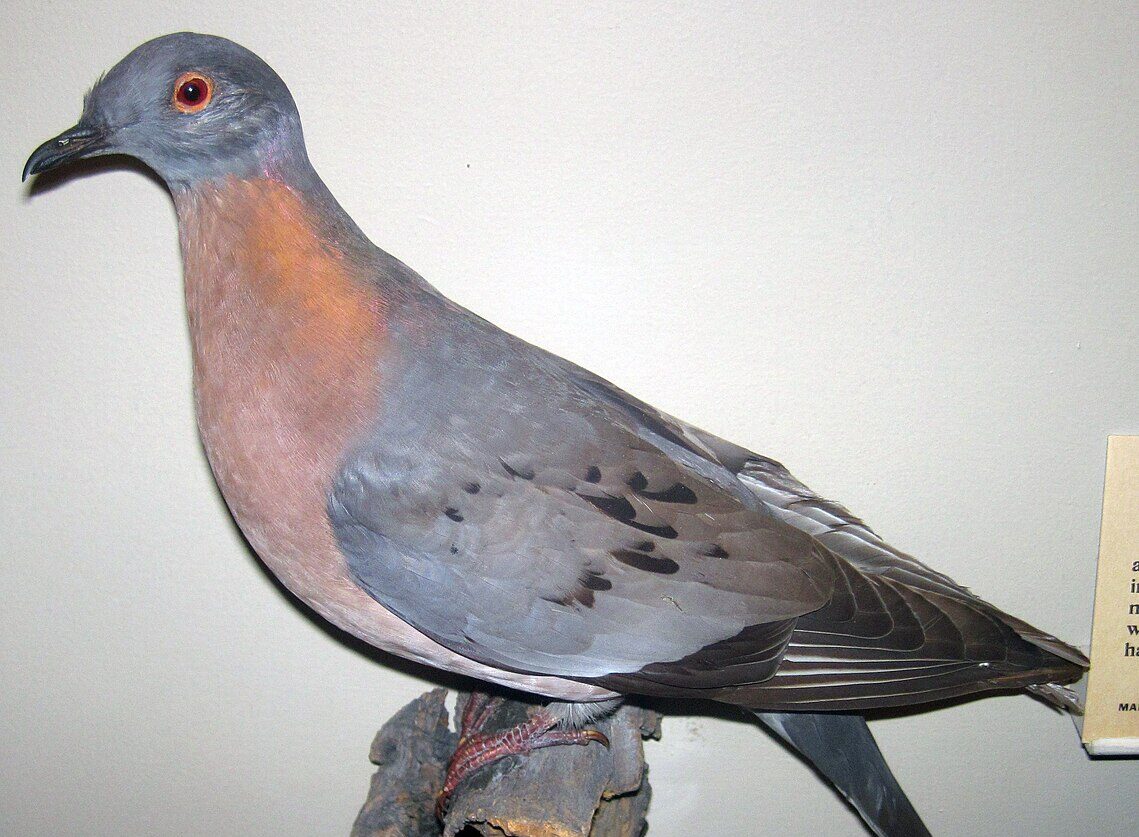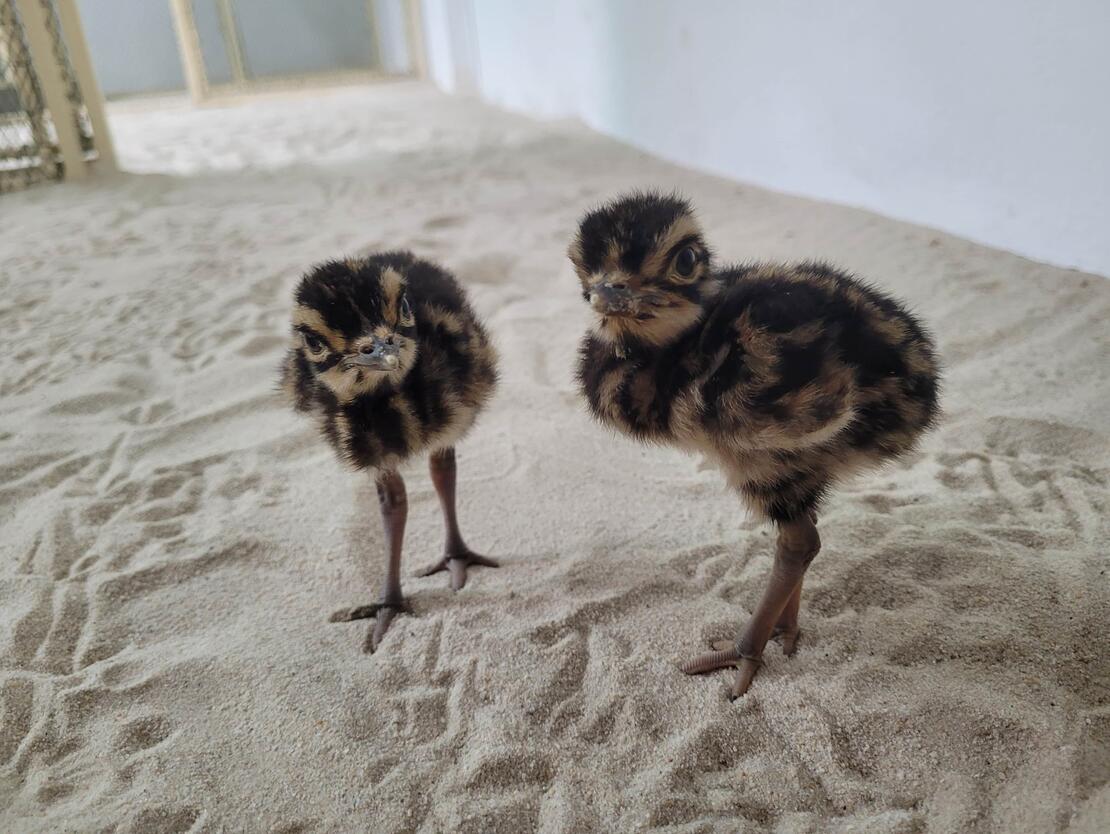Conservationists have succeeded in restoring tiger populations in a region where they were virtually absent for more than 50 years in Russia.
It took a decade; from 2012 to 2021 in the Pri-Amur region of Russia, but more than a dozen members of the largest subspecies of the world’s largest feline are now roaming the wilds once more. The results were published in a study, the results of which, the authors say, “provide a potential framework for reintroductions of tigers and other large felids across the globe”.
The study specifically examined the success of rehabilitating and releasing orphaned cubs to restore tigers to their historical range in Russia. The efforts were led by the Russian Academy of Sciences and Russian Geographical Society, with the Wildlife Conservation Society (WCS) playing a key role.
The study followed the fate of 6 tiger cubs who were found as orphans in the forests of the Sikhote-Alin Mountains of Russia, which are closer to Beijing than Moscow, a UNESCO Natural Heritage Site, and the last stronghold of tigers in the country.
The cubs had been kept in specially designed enclosures where contact with humans was kept to an absolute minimum, and at appropriate ages, the cubs were offered live prey to learn how to hunt. The WCS’s Bronx Zoo and other partners advised on ways to raise and keep the cubs so they would not be dependent on humans.
The cubs were subsequently released as subadults (at least 18 months old) into the Pri-Amur region of Russia, beyond the Sikhote-Alin mountains, but still part of the original range of Amur tigers, specifically in an attempt to restore a population there.

A blueprint the size of France
The study collected data on the success of these newly released cubs in hunting and securing wild prey in their new homes. Using location data recorded by GPS collars affixed to the tigers before release, researchers were able to find 132 of their prey kills and compare the results to wild Amur tigers studied in the core population of the Sikhote-Alin Mountains.
“Basically the data demonstrated that orphaned cubs, raised in captivity and released, were just as good as wild tigers at hunting, targeting the same types of wild prey, and very rarely killing livestock,” said Dale Miquelle, lead tiger scientist for the WCS and lead author of the study. “This success demonstrates that tigers with proper isolation from humans and provided the opportunity to learn to hunt, can be successfully re-released into the wild. But this process requires great caution and attention to details in preparing cubs for this journey”.
The need for such caution was demonstrated with one exception in this experiment: one re-wilded tiger wandered into China, where wild prey was sparse, and killed multiple domestic animals, including 13 goats in a shed in one night. Upon return to Russia, this tiger was captured, removed from the wild, and sent to a zoo. The remaining 5 orphans, as well as 8 more individuals that were released in the Pri-Amur, but not as intensively studied, have all thrived in the wild, and succeeded in producing at least six litters of no less than 12 cubs, resulting in a stable, growing population.
Professor Viatcheslav V. Rozhnov, former Director of the Severtsov Institute of Ecology and Evolution of the Russian Academy of Sciences, and leader of the project that introduced tigers into the Pri-Amur, says all involved were excited to see captive-reared tigers return so seamlessly to the wild.
“These results indicate that it is possible to care for young cubs in a semi-captive environment, teach them how to hunt, and to release them back into the wild. These findings provide a pathway for returning tigers to large parts of Asia where habitat still exists but where tigers have been lost,” he said in a statement released by WCS.
“We hope other practitioners can adopt these approaches and learn from our efforts to restore tigers to areas where they have been lost. We, in collaboration with our Chinese colleagues, are in fact already currently expanding these efforts with a similar project in nearby Heilongjiang Province, China”.
Tigers currently exist in an estimated 8% of their historic range, with much of their original habitat lost to human development. But another recent study by WCS scientists demonstrated that there are over 700,000 km2 of “empty” habitat, an area the size of France and Ireland combined, that is suitable for tigers across Asia, but where tigers are absent.
“Of course, there are obstacles to restoration: reasons for original extirpation must be understood and mitigated; prey populations must often be recovered; and hunting pressures reduced,” the statement read.
That’s Amure
Along with providing the framework for rearing cubs in semi-captive conditions and preparing them for the wild, the study presented another fascinating phenomenon: a love story.
The cats seen above are Boris and Svetlana, two unrelated Amur tigers who were part of the 6 original orphans released into the wild in 2014. During the following year, as the scientists watched their GPS collars ping their locations onto computer screens, they witnessed a magical act of love and devotion that would make Romeo Montague seem unfaithful by comparison.
In 2015, a year after their release over 100 miles apart, the scientists watched as Boris began walking in virtually a straight line directly north. Day after day he continued his march until his paws had chewed up 120 miles—stopping where Svetlana had made a den.
Six months later, a litter of Amur kittens was born. The New York Times, reporting on the story, said that the two tigers had been rescued from completely different parts of the mountains, but grew up in captivity together in the facility that reared the 6 tigers. Something special must have bloomed between them during those growing days.
“This study represents a tantalizing new development in expanding the ‘toolbox’ for conservationists to return tigers to those parts of Asia where they have been lost. The team was scrupulous in preparing young cubs for life in the wild, especially in ensuring they did not habituate to humans. Their careful approach succeeded and paves the way for more reintroduction attempts—not only of tigers, but of other big cats as well,” said Dr. Luke Hunter, Executive Director of the WCS Big Cats Program.
And just like Boris and Svetlana’s unlikely union, Miquelle told The Times their international collaboration with the Russian Academy of Sciences was also unlikely, but yielded outstanding results.
“It’s a testimony to how really good things can happen when you start working collaboratively irrespective of nationality and politics,” Dr. Miquelle said. WaL
We Humbly Ask For Your Support—Follow the link here to see all the ways, monetary and non-monetary.
PICTURED ABOVE: Two rehabilitated tigers released in different parts of the Pri-Amur. After three years, Boris had traveled more than 200 km straight line to reunite with Svetlana (both pictured here after the reunion). PC: ANO WCS.



